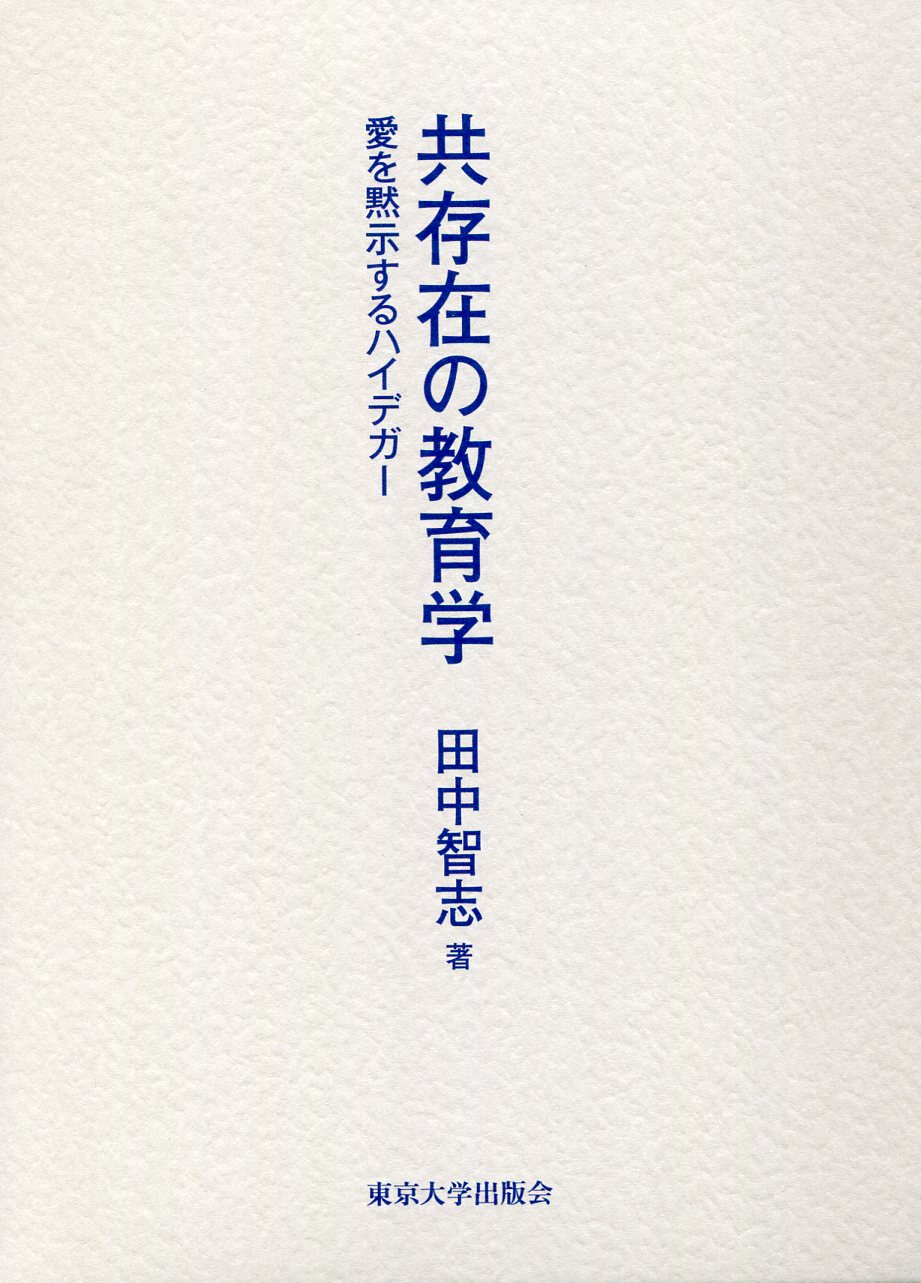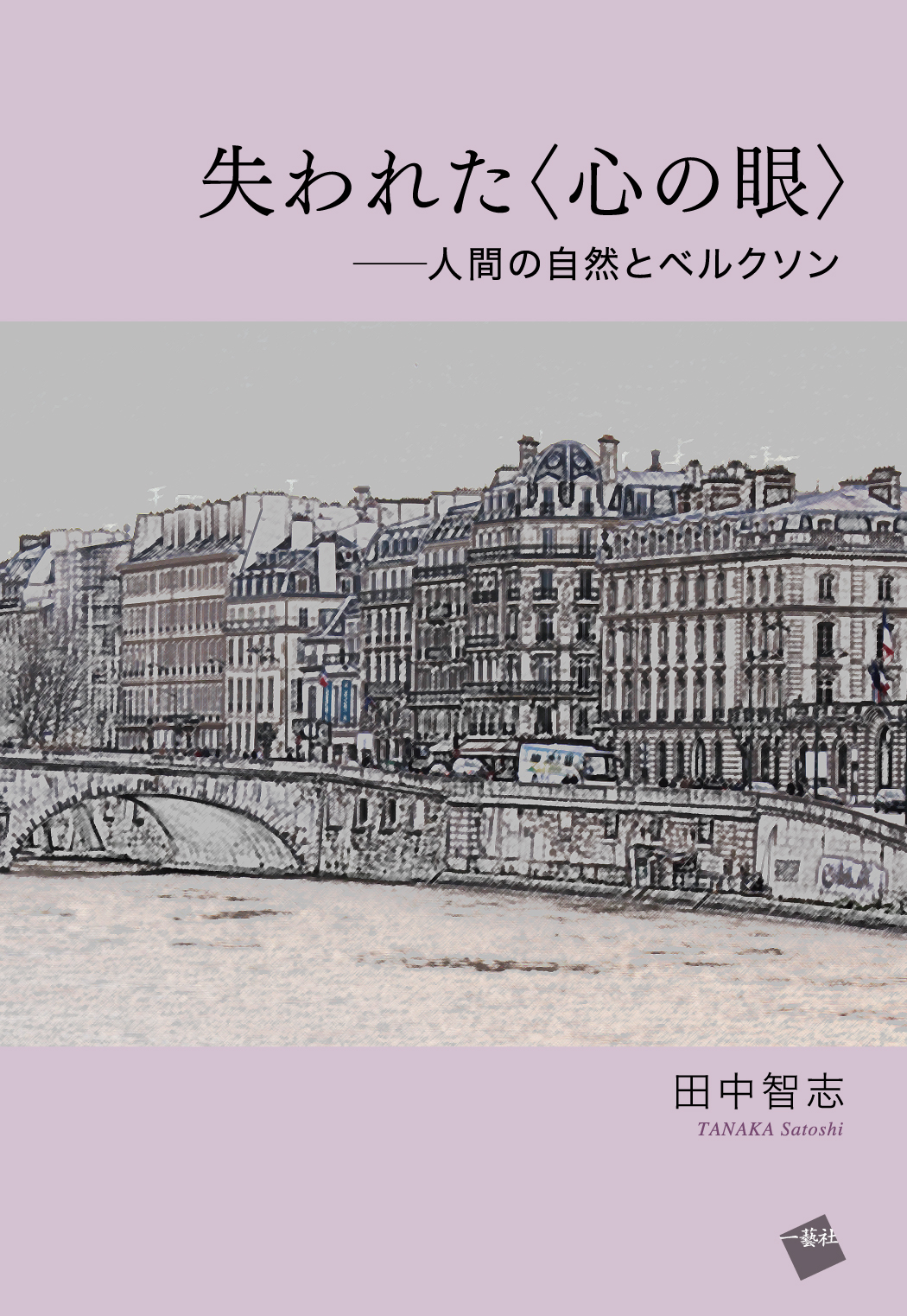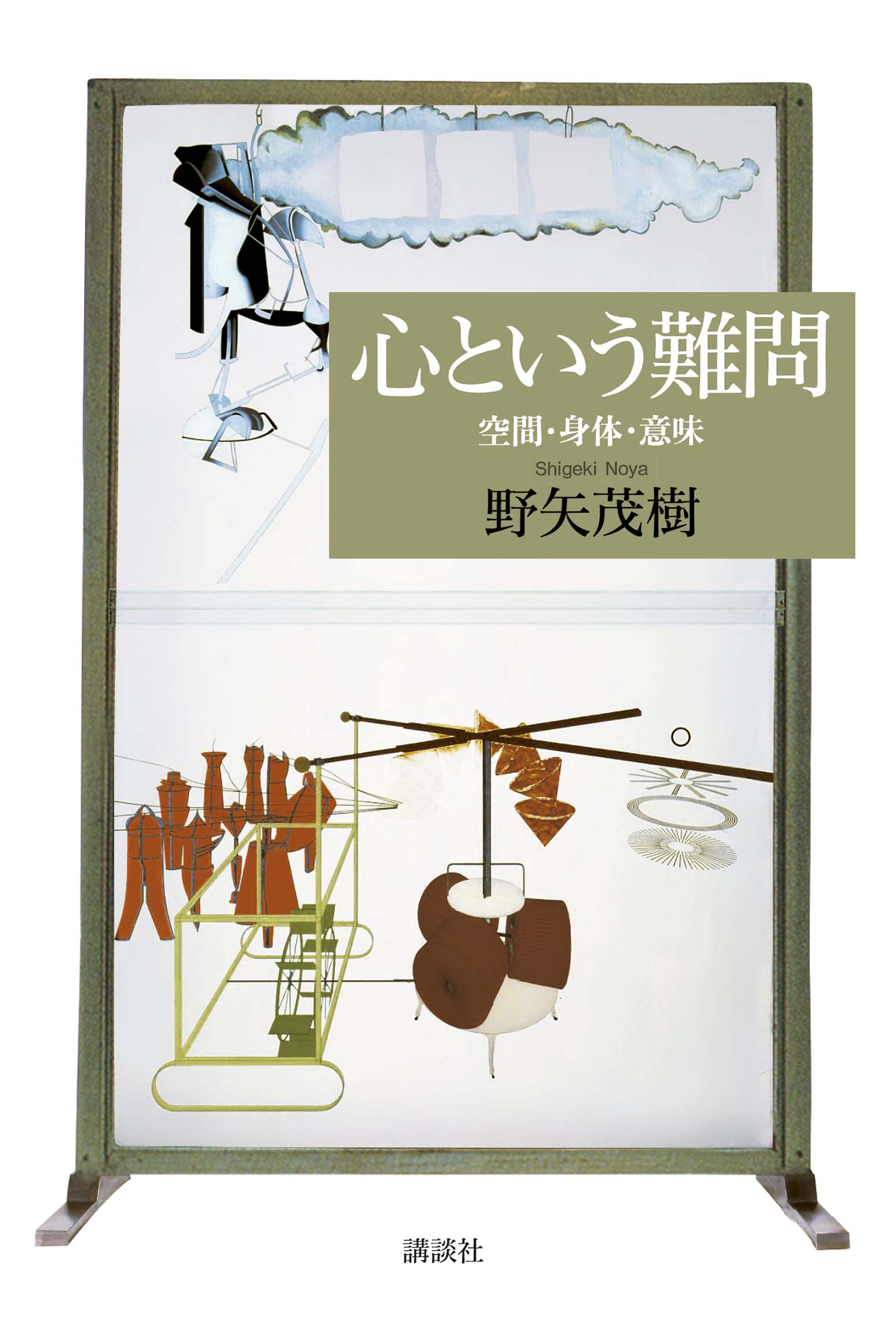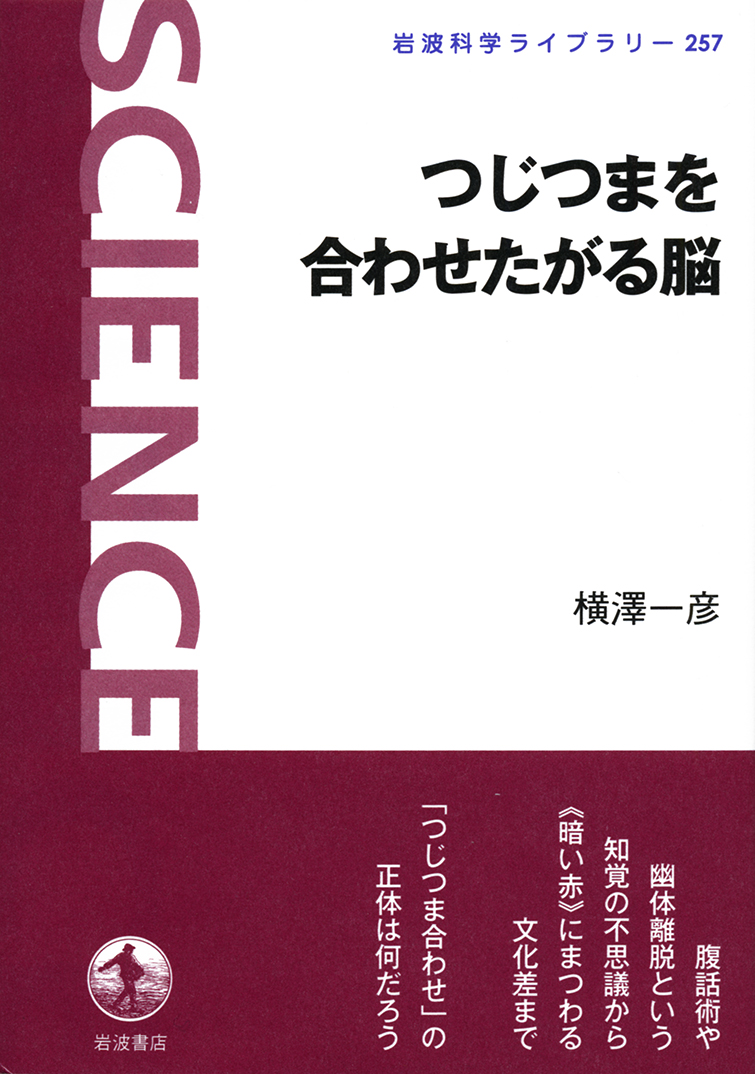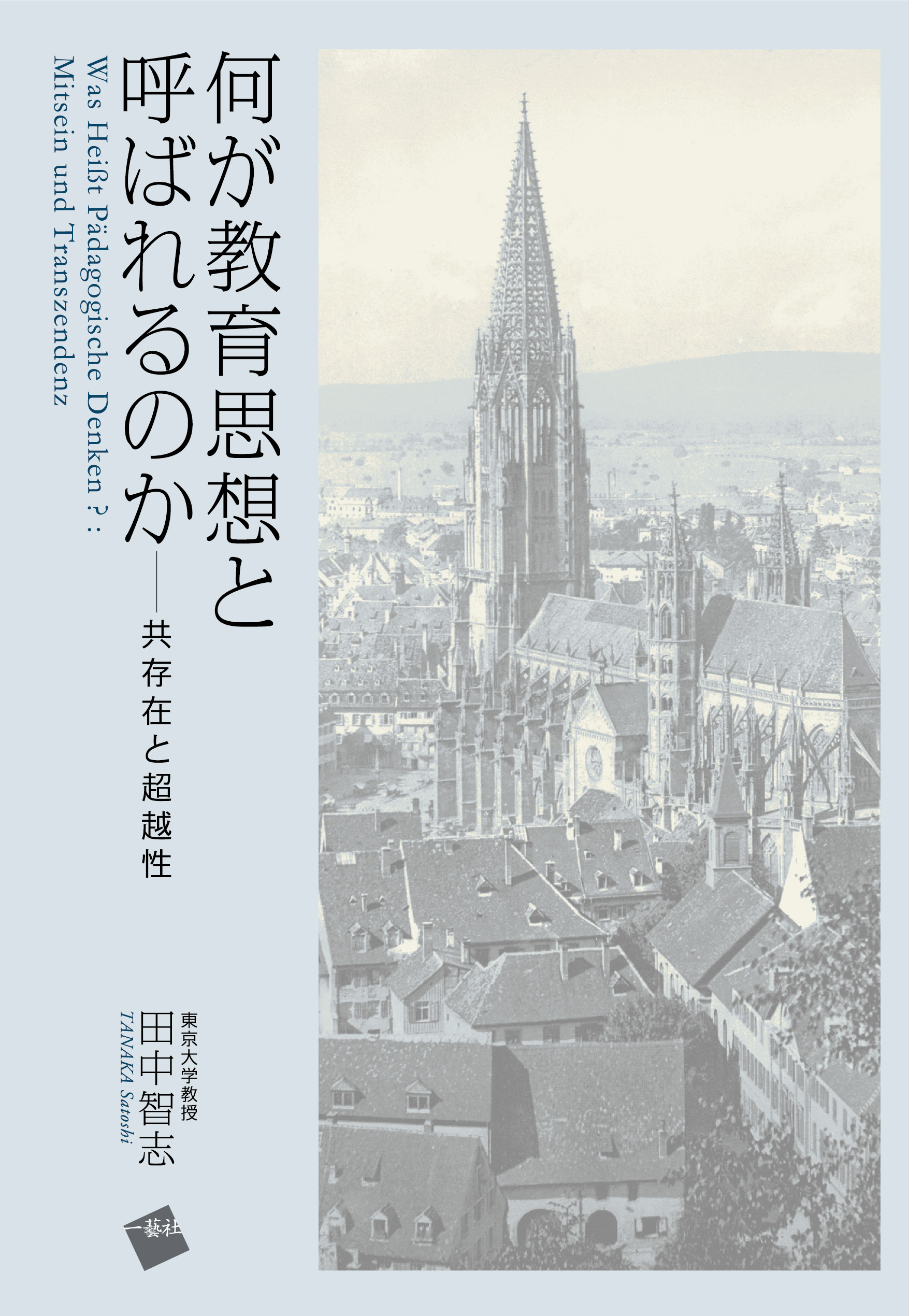
Title
Nani ga KyōikuShisō to Yobarerunoka (What constitutes a philosophy of education?: Coexistence and Transcendence)
Size
212 pages, A5 format, softcover
Language
Japanese
Released
July 20, 2017
ISBN
978-4-86359-127-1
Published by
Ichigeisha
Book Info
See Book Availability at Library
Japanese Page
So-called “perception” occurs when our body receives something from outside of itself. Our brain renders such perception into consciousness, such as perceptions of “red,” “hot,” “pain,” etc. We typically understand such perceptions in our consciousness as identical to what the body receives. However, the contents of our actual consciousness do not necessarily correspond to physical perceptions. In order to create a representation, our consciousness takes what the body receives and from there carries out a significant degree of simplification and selection. I refer to the reception by the body of that which transcends our consciousness as “sensation,” and I suggest that human beings are always already living amidst a so-called “field of sensibility.” Such a field of sensibility cannot be clearly rendered into meaningful, value-laden consciousness. Yet, it is nevertheless the foundational condition of our lives. “Vitality,” i.e., to be “full of life,” is usually associated with happiness or joyfulness in some manner. However, if we investigate the matter closely, we reach the conclusion that the field of sensibility makes this state possible. Our various activities and conceptions are stratified upon it. That is to say, overlapping each other are, on the one hand, a substantialistic “topos” that is said to have meaning and value and, on the other hand, one that is not. The former substantialistic topos is that of what is normally rendered in consciousness. The latter is that of which it is difficult to speak and which transcends consciousness. I describe this topos as “ontological.” For example, the “responsibility” an individual consciously takes upon themselves lies within the substantialistic topos. However, the “possibility of responding” to something lies within the ontological topos, which transcends the intention of the individual. Furthermore, while the “desire” or “wish” that an individual may consciously carry is located within the substantialistic topos, “prayer” is located within the ontological topos, transcendent of individual intentions. The society in which we live is principally operated from within the substantialistic topos; yet it is supported at its root by the ontological topos. Nevertheless, we find that this ontological topos is frequently neglected or overlooked. What this really means is the overlooking and neglecting of what allows us to “live vitally” in the first place. By way of our education in school, many of us learn to reduce the world down to the “individual” and “ability,” thereby growing ever further apart from the ontological topos. For this reason, while we may say such phrases as “The love that unites people is important,” within our hearts we may regard such talk as nothing but a falsehood, abandoning this message or even holding it in contempt. As a result, our communication with others may lead us only further into isolation, doubt, and resignation. However, we as human beings are always already living within the field of sensibility, within which we sense others, living things, and nature. The power to be “full of life,” to live a life of vitality, is therefore hidden within us. This vector of cohabitation is the true and essential state of life itself. It is within this vector of coexistence, I suggest, that we as individuals are able to find the quiet telos most important to us, becoming capable of imagining the transcendence and destination of the power according to which we attempt to live better lives.
(Written by TANAKA Satoshi, Professor, Graduate School of Education / 2018)



 Find a book
Find a book


